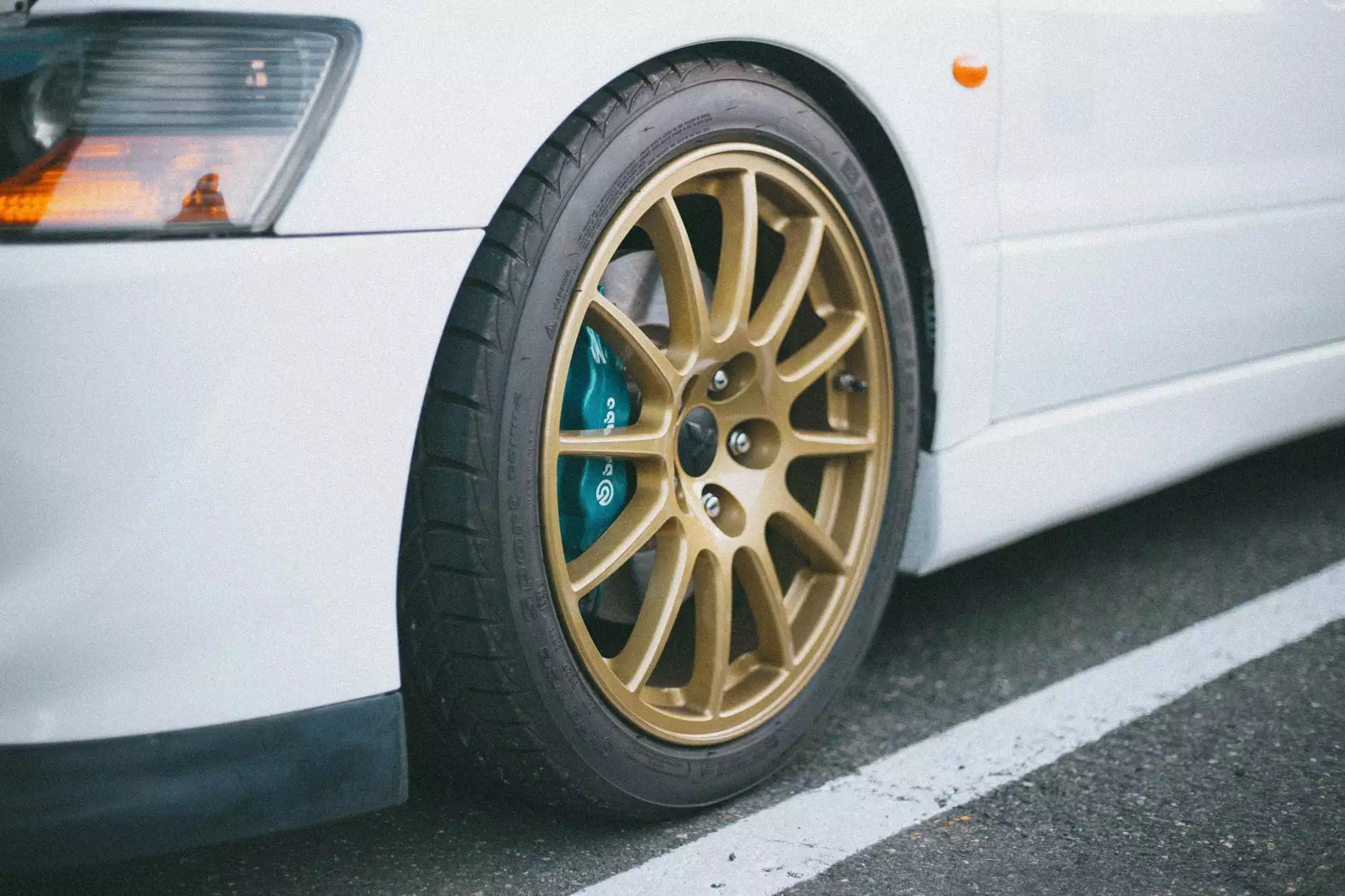Understanding Brake Components on a Car: A Comprehensive Guide

Brake components on a car are critical to its overall functionality and safety. They allow drivers to control their vehicles and stop them effectively, making them one of the most important aspects of automotive engineering. In this article, we will delve deep into the various brake components, their functions, maintenance tips, and much more, ensuring you have all the information you need at your fingertips.
1. The Basics of Brake Systems
The brake system of a car is responsible for slowing down or stopping the vehicle. It consists of several key components, each playing a vital role. The primary types of brake systems are:
- Disc Brakes: Utilizing a rotor and caliper design, disc brakes are commonly found in modern vehicles.
- Drum Brakes: An older technology still used in some vehicles, drum brakes involve a rotating drum and brake shoes.
2. Essential Brake Components
Understanding the various brake components on a car helps drivers appreciate their importance and recognize when maintenance is necessary. Here are the essential components:
2.1 Brake Pads
Brake pads sit inside the caliper and press against the brake rotor to generate friction. This friction slows the wheels down. If you hear squeaking or grinding sounds, it may indicate that your brake pads are worn and need replacement.
2.2 Brake Rotors
Brake rotors are circular discs that the brake pads press against to create the stopping force. They can wear down over time and may warp due to excessive heat. Regular inspections are essential to ensure they remain in good condition.
2.3 Brake Calipers
These components house the brake pads and apply pressure to them against the rotors when the brake pedal is depressed. Calipers can be either fixed or floating and can malfunction if not properly maintained.
2.4 Brake Lines
Brake lines carry brake fluid from the master cylinder to the brake calipers or wheel cylinders. Any leaks or damage in the lines can severely affect braking performance.
2.5 Brake Fluid
Brake fluid is a hydraulic fluid that transfers force from the brake pedal to the caliper. Regularly checking and changing your brake fluid is crucial to maintaining a responsive braking system.
3. How Brake Components Work Together
The components of the brake system work together in a coordinated manner. Here’s how:
- When you press the brake pedal, it activates the master cylinder.
- This, in turn, sends brake fluid through the brake lines to the calipers.
- The calipers press the brake pads against the rotors, creating friction.
- This friction slows down the vehicle.
4. Importance of Brake Maintenance
Regular maintenance of brake components on a car is essential for safe driving. Neglecting brake system maintenance can result in:
- A decrease in braking efficiency.
- Increased stopping distances.
- Complete brake failure, leading to accidents.
5. Signs of Brake Issues
It's crucial for drivers to be aware of the signs indicating potential brake problems:
- Squeaking or Grinding Noises: This often means brake pads are worn out.
- Vibrations while Braking: Could indicate warped rotors.
- Brake Warning Light: Illuminated on the dashboard suggests an issue.
- Soft or Spongy Brake Pedal: Might indicate air in the brake lines or low brake fluid.
6. Tips for Maintaining Your Brake Components
To ensure your brake components remain functional and safe, follow these maintenance tips:
- Regular Inspections: Have your brakes checked during routine maintenance visits.
- Change Brake Pads When Necessary: Don’t wait until they’re completely worn down.
- Check Brake Fluid Levels: Regularly inspect and replace brake fluid as needed.
- Monitor Brake Performance: Pay attention to how your brakes respond during drives.
7. Upgrading Brake Components
Upgrading your brake components on a car can enhance performance, especially for enthusiasts or those who drive under demanding conditions. Consider these upgrades:
- Performance Brake Pads: Designed to provide better stopping power and heat resistance.
- High-Performance Rotors: Often slotted or drilled to enhance cooling and performance.
- Stainless Steel Brake Lines: Offers improved brake feel and reduces flex under pressure.
8. Conclusion: The Critical Role of Brake Components
Understanding and maintaining the brake components on a car is vital for safety and performance. Regular inspections, timely upgrades, and being alert to warning signs can help ensure that your vehicle operates smoothly and safely. If you're in need of high-quality auto parts and supplies, visit imautoparts.com for an extensive selection of the best brake components on the market.
9. Frequently Asked Questions (FAQs)
What are the main brake components found in a vehicle?
The main components include brake pads, rotors, calipers, brake lines, and brake fluid.
How often should I check my brakes?
It’s recommended to have your brakes inspected at least once a year, or sooner if you notice performance changes.
Can I replace brake components myself?
With the right tools and knowledge, many car owners can replace brake components themselves, but it's advisable to consult a professional if unsure.









